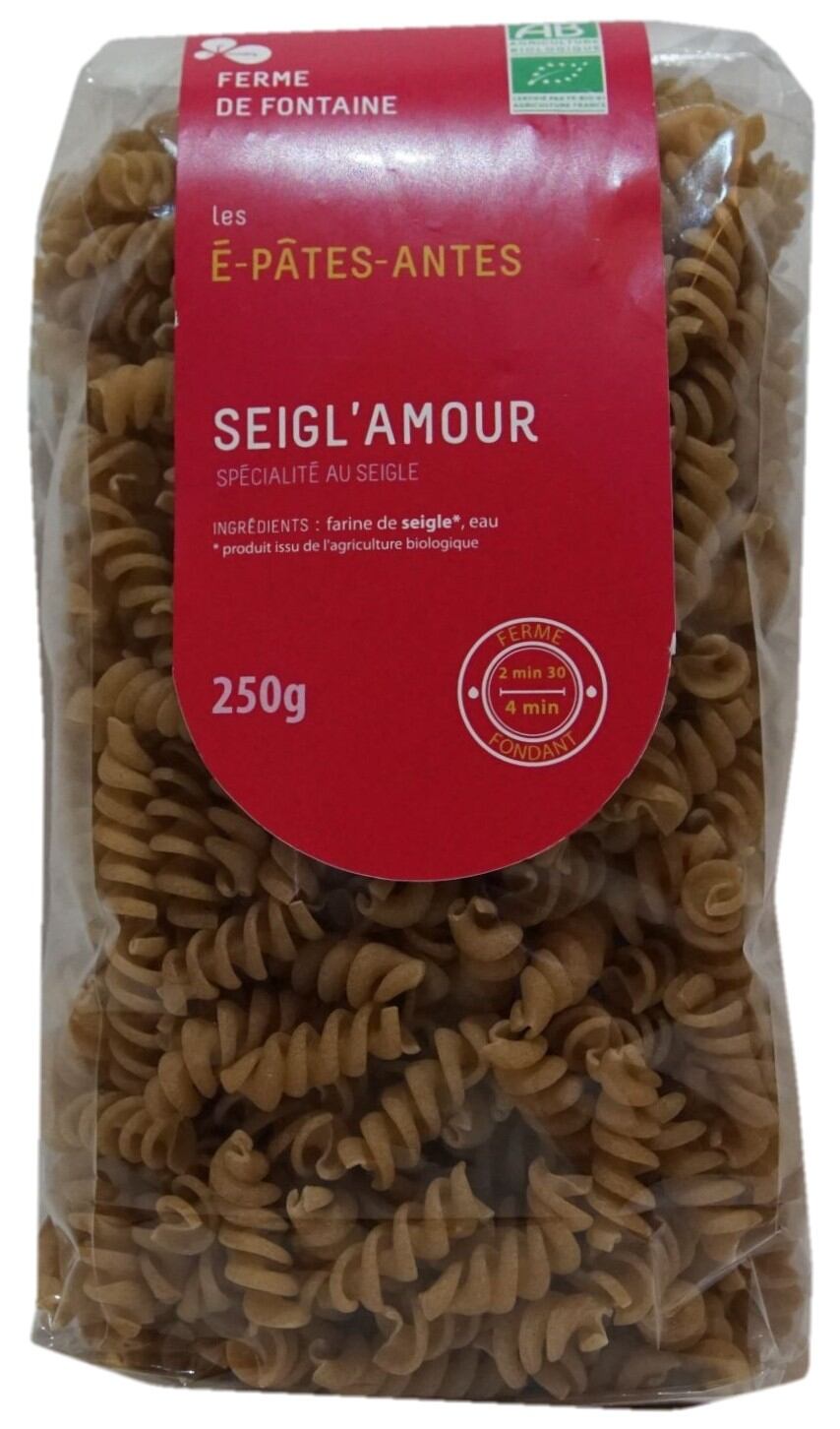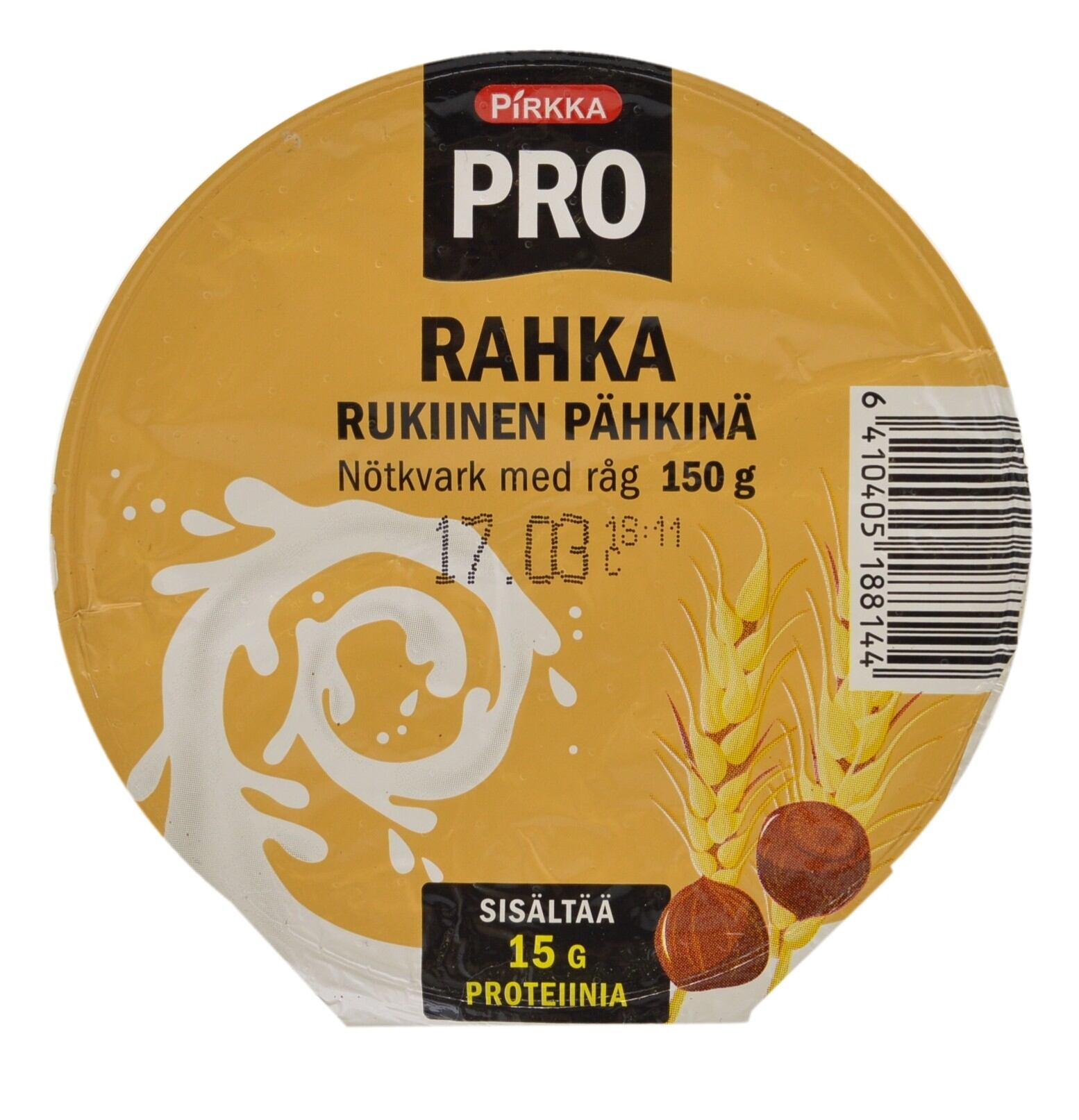Whole grain rye products are known to have good satiating properties, and Finnish scientists at VTT research centre believe they now know why: it's down to the porous structure.
The scientists gave participants in the study four snacks made from wholegrain sourdough rye bread, extruded wholegrain rye flakes, extruded wholegrain rye puffs, all served with currant juice, and a wholegrain rye smoothie.
The rye bread and rye puffs left people feeling much fuller than rye flakes or a rye smoothie.
While rye bread and puffs have a very different texture - puffs are hard, crispy and crunchy while bread is soft and fluffy – they share a common porous structure. The researchers suggest this affects satiety due to the absorbent nature of the porous rye which stretches the stomach, signaling a feeling of fullness in the brain.
“Differences in stomach distention could offer one plausible explanation: rye bread and rye puffs were porous products which most probably were disintegrated into fairly small particles with good hydration capacities compared to the flakes that have hard and dense structure resulting assumedly bigger particles in mastication,” they write. “The beverage consumed alongside the flakes is probably emptied rapidly from stomach causing less stomach distention which is among factors influencing satiety.”
The “extreme” differences in food structure had only a minor effect on the chemical composition of the rye, they write.

According to Mintel, use of rye as an ingredient in Europe is, in the long term, on the increase with the number of rye-based product launches doubling over the past five years.
"Rye has grown especially in the 'non-traditional' markets - the 'traditional ones being Russia, Poland and Scandinavia - so a lot of growth in use in the UK and France, for example," said analyst Chris Brockman. "Although bakery still dominates, the growth in breakfast cereals is notable."
Finland is still top for interesting and innovative product launches that go beyond bread. Brockman pointed to nut-flavoured quark with rye from Finnish brand Pirkka or sour cream and onion oven-roasted rye chips from Linkosuo.
Czech brand Olma has a strawberry yoghurt drink with rye bran and wheat germ while organic French brand Ferme de Fontaine has a 100% rye-based pasta called Seigl'Amour.
High fibre even when refined
Saara Pentikäinen, researcher in nutrition at VTT, who co-authored the paper, said the potential health benefits of rye go beyond its satiating properties thanks to its high fibre content – even when refined.
”Rye is mostly used as whole grain flour and generally whole grain ingredients are healthier than refined ingredients. However, in rye the fibre is distributed in different parts of the grain – it’s not only in bran – and thus also refined rye flour contains more fibre than, for example, refined wheat flour,” she told FoodNavigator.

The baking process for rye is also different, Pentikäinen said. Wheat bread is generally baked using yeast fermentation while rye uses sourdough, which makes for a good bread structure and the sour flavour typically associated with rye breads.
Whole grains tend to be slightly more difficult to work with compared to refined flour. VTT researchers, however, have developed different strategies in handling the challenges with wholegrain flours
“The majority of the problems are generally associated with the bran part which needs to be further modified towards technological performance. Wholegrain flour is then reconstituted with the modified bran. In reconstructed wholegrain flours special attention needs to be given on the nutritional composition and proportions.”
These strategies range from mechanical, such as milling, to thermo-mechanical such as extrusion or bio-processing which means enzymatic or microbiological fermentation. None of the strategies require the grain to be listed as modified bran on ingredient lists, however.
Source: Food Quality and Preference
“Do rye product structure, product perceptions and oral processing modulate satiety?
Published online ahead of print, doi.org/10.1016/j.foodqual.2017.04.011
Authors: Pentikäinen, S., Sozer, N., Närväinen, J., Sipilä, K., Alam, S. A., Heiniö, R.-L., Paananen, J., Poutanen, K. and Kolehmainen, M
